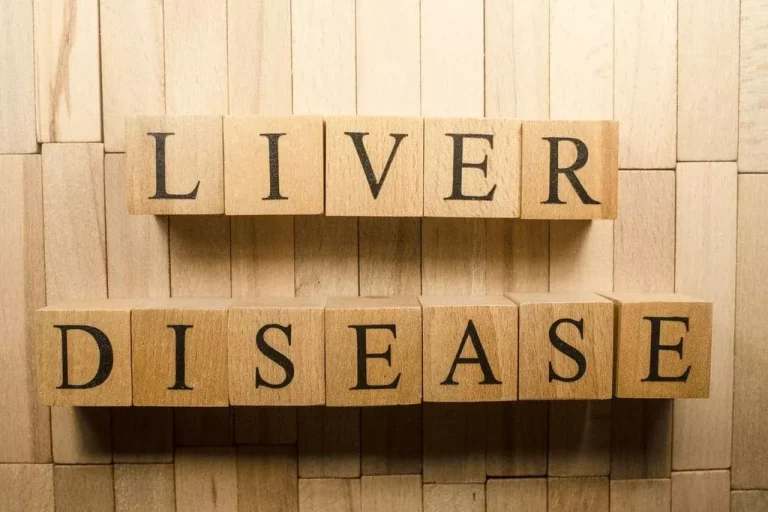
While the only cure for ESLD is liver transplantation, many patients do not receive one due to wait times or other health issues that make them too sick to survive surgery. Advanced stages of cirrhosis can sometimes progress toward liver failure. In such cases, your healthcare provider may consider a liver transplant—especially if you have extreme scarring or very low liver functioning. Generally, a liver transplant is only considered if other treatment options aren’t helping improve symptoms or slowing the progression of the disease.
Progressive Symptoms
- The treatment of Hepatitis B and C, as already mentioned, gives hope for the development of new drugs to combat scarring of the liver.
- It can take years of heavy drinking for cirrhosis to develop, though individual risk varies based on factors like drinking patterns and genetic predisposition.
- This slows your liver’s ability to process your blood, metabolize nutrients and filter out toxins.
- Class B cirrhosis is more moderate, while class C cirrhosis is severe.
Alcohol-related liver disease (ARLD) is caused by drinking too much alcohol. The more you drink above the recommended limits, the higher your risk of developing ARLD. A liver transplant may be required in severe cases where the liver has stopped functioning and doesn’t improve when you stop drinking alcohol. People with compensated cirrhosis of the liver generally have a life expectancy of between 9 and 12 years, especially with lifestyle changes to help improve the liver’s health.

Liver function

Most people will not experience symptoms in the early stages of ALD. Some may experience mild pain in the upper right side of the abdomen. A liver biopsy is a procedure to remove a small sample of liver tissue for laboratory testing. A liver biopsy is commonly performed by inserting a thin needle through the skin and into the liver.
Liver Health During Treatment
- Of these, 25% died within one month and 40% died within three months.
- Another treatment for refractory ascites is a procedure called transjugular intravenous portosystemic shunting (TIPS).
- It occurs when healthy liver tissue is progressively replaced by scar tissue, which impairs the liver’s ability to function correctly.
- Older patients and women generally face a poorer prognosis compared to younger individuals and men.
- People with decompensated liver disease or cirrhosis often have serious symptoms and complications such as portal hypertension, bleeding varices, ascites and hepatic encephalopathy.
Also, depending on the reason your liver failed, your new liver may develop the same condition. This could initiate a new cycle of liver disease that could wind up with another transplant being needed. However, the good news is that about 75% of people who receive new livers live at least five years. Your healthcare team can best answer questions about your individual prognosis.
It’s important to have protein intake, and that can be from lean sources of protein such as beans or lentils, and salt restriction is also very important. Limit the amount of salt in your diet to less than two grams of total intake a day. To lower your chances of getting hepatitis, avoid unprotected sex, and don’t share needles to inject drugs.
What are the different stages of cirrhosis?
Your doctor may also do an imaging test of your belly, such as an MRI or ultrasound. You may need a procedure called a biopsy, in which a sample of your liver tissue is removed so your doctor can see how much damage has been done and what may have caused your liver disease. Rarely, some patients with advanced cirrhosis can develop hepatopulmonary syndrome. These patients can experience difficulty breathing because certain hormones are released in advanced cirrhosis.
Alcohol-related liver disease
In the early stages of liver disease, there will be inflammation of the liver. If this inflammation is not treated it can lead to scarring (fibrosis). At this stage, it is still possible for the liver to heal with treatment. Cirrhosis of the liver can’t be reversed, but it is possible to slow or stop its progression.
What symptoms are associated with alcoholic liver cirrhosis?
- Both the transplanted liver and the donor’s liver will regenerate within a few months.
- Cirrhosis can be asymptomatic for years, often progressing silently until significant liver damage occurs, which may only be detected during routine medical exams or once symptoms become apparent.
- Liver function usually gradually worsens despite treatment, and complications of cirrhosis increase and become difficult to treat.
- To confirm the diagnosis, a small sample (biopsy) of the liver may be taken to be looked at under the microscope.
- Drinking a large amount of alcohol, even for just a few days, can lead to a build-up of fats in the liver.
- People with decompensated cirrhosis have substantial consequences that might lead to a short life expectancy after diagnosis.
This slows your liver’s ability to process your blood, metabolize nutrients and filter out toxins. Cirrhosis reduces your liver’s ability to produce bile and essential blood proteins. Scar tissue can also compress blood vessels running through your liver, including the important portal vein system, leading to a condition called portal hypertension.
If cirrhosis is present, other tests can be used to determine the severity of cirrhosis and the presence of complications. Tests also may be used to diagnose the underlying disease that is causing cirrhosis. If you still have how long do alcoholics live compensated cirrhosis with little to no symptoms or side effects, you may continue that way for some time. If you can stop or minimize the inflammation causing cirrhosis, it may not progress to the decompensated stage.





